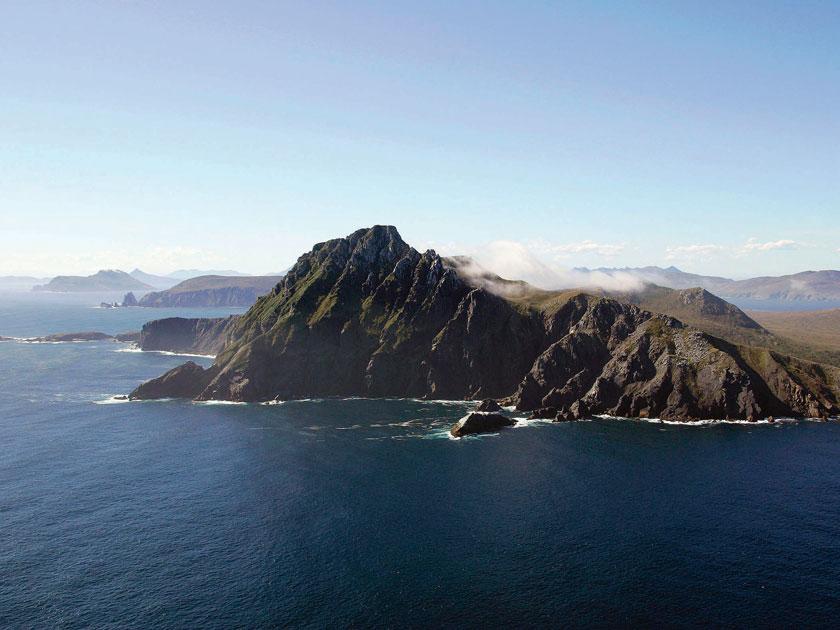It used to take a legendary, perilous journey to “round the horn,” as the earliest explorers coined it - a battle against the ocean’s fickle conditions and a testament to grit and courage. Today’s adventure-minded travelers can embark on a journey to this southernmost headland of Chile’s Tierra del Fuego without the struggle against nature. Bragging rights? Still guaranteed. Here’s all you need to know about Cape Horn and how to get there.
Why Is Cape Horn So Infamous?
If you’re a sailor, you may have heard this. “Below 40 degrees latitude, there is no law; below 50, there is no God.” Cape Horn, also known as the “End of the Earth,” lies at 56 degrees south - therein lies the conundrum. In order to sail around it, one must encounter gale force winds and massive waves that will make even the most experienced sailors quake in their boots.
A few famous mariners took one look and decided not even to take a crack at it. These include Sir Francis Drake, who is said to have seen the Cape in 1578 and turned back. Concerned for his crew’s safety, Ferdinand Magellan instead sailed through a strait that was subsequently named for him. Finally, in 1616, Dutchman Jacob le Maire successfully conquered the Cape, followed by Captain Cook aboard the HMS Endeavour about 150 years later.
Why Is the Cape Horn Passage So Dangerous?
Although larger, stronger sailing vessels can now successfully navigate the Cape, it still remains an epic passage. The Cape is located where the Atlantic and Pacific oceans meet, creating extreme low-pressure systems, which in turn lead to williwaw winds. In short, they’re sudden, unpredictable and frequent. More wind, bigger waves.
How Can I Visit Cape Horn?
Now that we’ve determined you won’t have the same experience of the explorers of old, doesn’t it sound enticing? Steeped in history, this bucket-list destination has so much to offer. The best way to visit - if you want to step foot on the Cape, but have comfortable accommodations and good food along your journey - is via expedition cruise.
In general, you can take a five-day roundtrip voyage that includes Cape Horn. Or, you can land there on one of the many expedition cruises to Antarctica. If landing is really important to you, then make sure you’re choosing a “landing” cruise, not just a circle cruise. Remember, though, that the wind can be brutal, so cruises that intend to land have a 70 percent chance of doing so depending on current conditions.
If you do land, you’ll have the chance to explore this 1,394-foot rocky promontory on foot. It’s referred to as the “End of the Earth” and was declared a World Biosphere Reserve by UNESCO in 2005. While you’re there, you’ll see the Cape Horn lighthouse, the world’s most southerly lighthouse. There’s actually a resident lighthouse keeper here year-round - and you’ll most likely be invited in for a visit! Visit the Stella Maris (“Star of the Sea”) Chapel and the albatross- shaped monument to those who have lost their lives in their attempts to “round the Horn.” Take a heady moment or two to stare out at the vast and frigid waters, contemplating the solitude so unique to this stretch of land.
Ready for a Cape Horn adventure? Let’s review the ways to get you there and find the right expedition for you.

